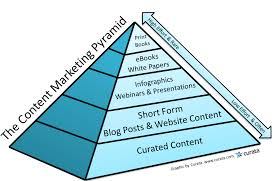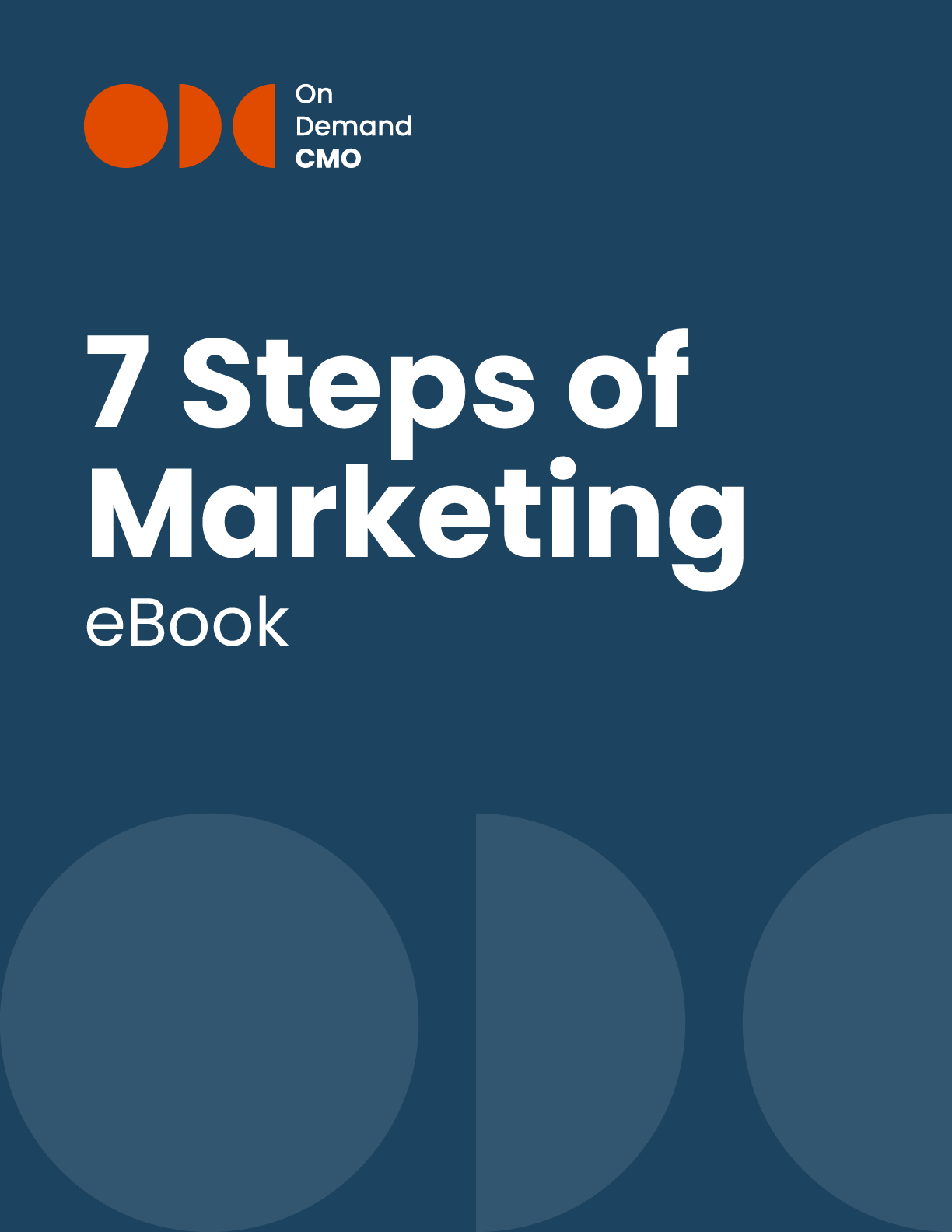
I want to talk to you today about a pyramid scheme — the content marketing pyramid to my exact. Just like the food pyramid helps you categorize your food and know how much of each type you should consume, the content marketing pyramid is a great way to help you create your content.
The content marketing pyramid is a powerful tool for developing your editorial calendar because it neatly shows the types and respective quantities needed of different kinds of content. Also, if you’re a visual learner, typical spreadsheet-based editorial calendars may not cut it for you. If that’s the case, the content marketing pyramid is perfect, because it puts the calendar into a picture.
So, what does the content marketing pyramid look like? Picture a pyramid with five layers. The layers get smaller as you go up the pyramid, which symbolizes the quantity and publication frequency of the content type. Content at the top of the pyramid is small because you don’t need much of it and because it is impossible to create large amounts of it.
Let’s look at the pyramid’s layers:
The bottom layer is curated content, which consists of small pieces of content that can essentially be “mass produced.” These include tweets and other social media posts. All content in this tier is low investment content, meaning that it doesn’t require a lot of resources to create (After all, I can write tweets all day). Much of the content in this area doesn’t need to be created by you (e.g. retweeting something great someone else posted).
Above curated content is short form online content. This includes content like blog posts and short pages on your website. This content requires more investment to create, but is still fairly easy to pump out.
The next layer is made up of content like infographics, webinars, and presentations. While not quite long form content, these content pieces still require a lot of resources. For example, while I can write a blog post in an hour or two, a presentation requires a bare minimum of 15 minutes of preparation for every minute of speaking time. While content in this layer takes more investment to create, it is also more impactful.
The fourth layer is long form content like whitepapers and ebooks. These often require time and research to create.
At the top of the pyramid are print books, which require heavy investments to create.
The pyramid is all about repurposing content and the great thing about the pyramid is that you can start at the top or the bottom!
If you have a big piece of content already made or in development, look for ways to chop it up into small pieces to fill out the pyramid beneath it. For example, if you have an ebook, pull out fact sets from it and make infographics. Convert a few chapters into blog posts. Then, tweet the link to the ebook, the infographics and the blog posts derived from it and you have yourself a content pyramid!
On the other hand, if you don’t have a big piece of content to start with, you can work your way up to it by starting at the bottom of the pyramid. Tweet things and when you find something interesting, write a blog post about it. When you have a few blog posts on a related topic, use them as the basis for a presentation or wrap them up into an ebook.
The beauty of the pyramid is in how it helps you to tell your story—it’s the perfect aid in repurposing your content for different channels and ensuring your target audience sees it!

OnDemandCMO has authored 7 Steps of Marketing, the only marketing guide book you’ll need to either get your marketing started properly, or stay on track strategically.
It features best practices on branding, messaging, social media, lead generation and much in between.
Please let us know who you are, and we'll share a few of our secrets (we don't sell or trade your info)!